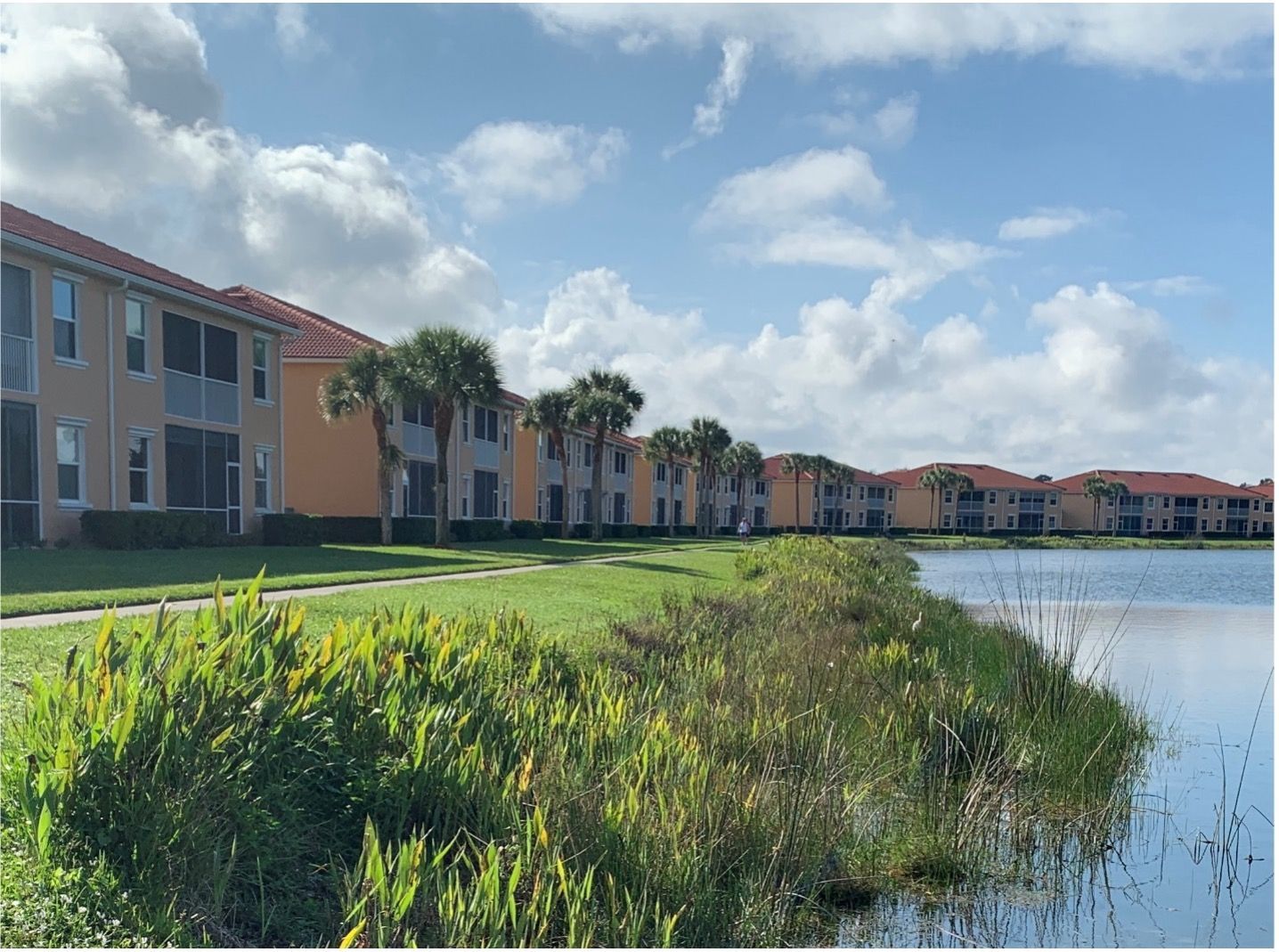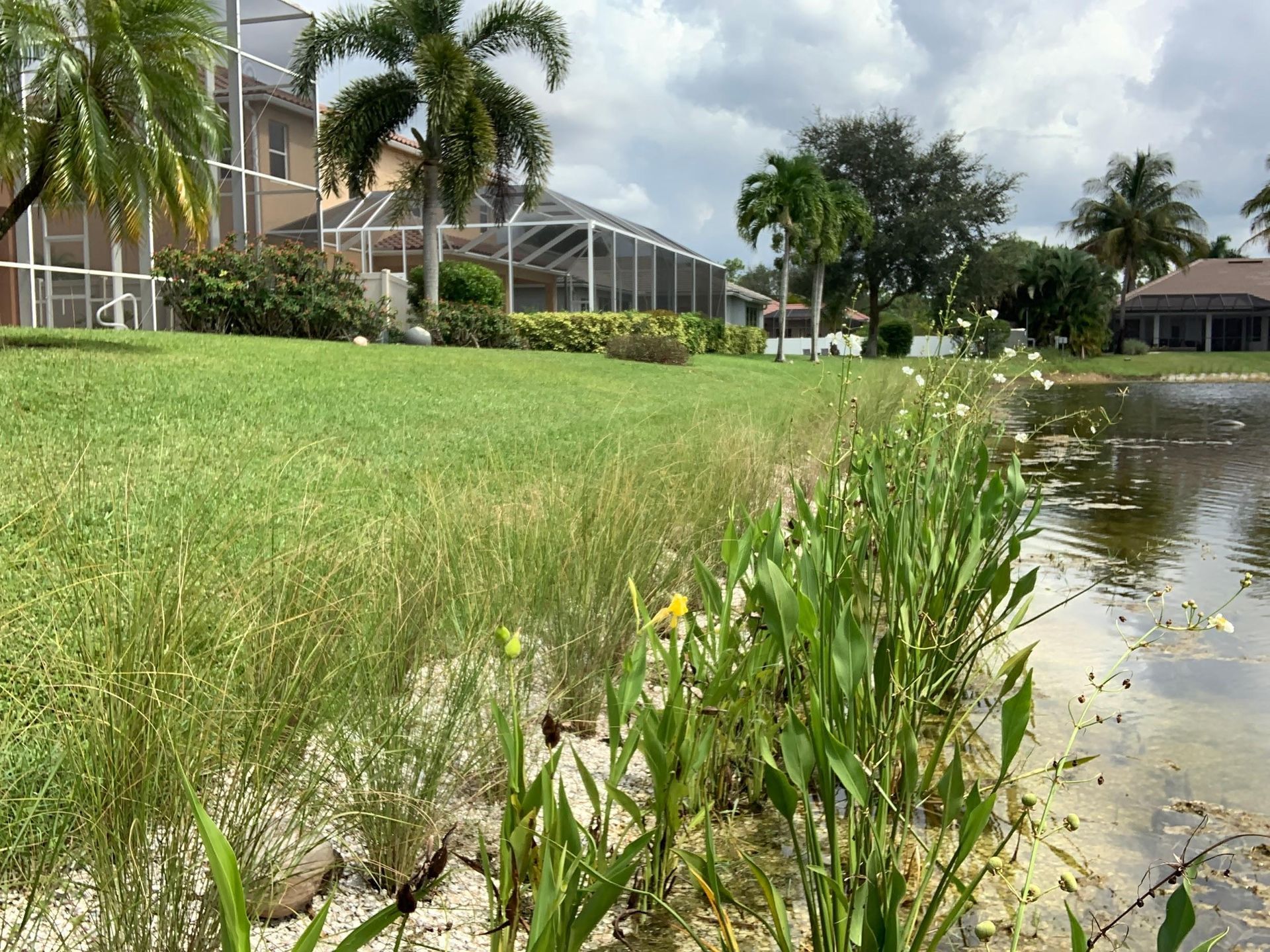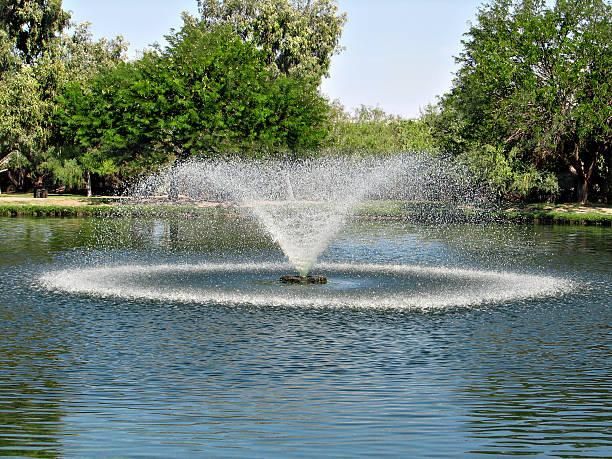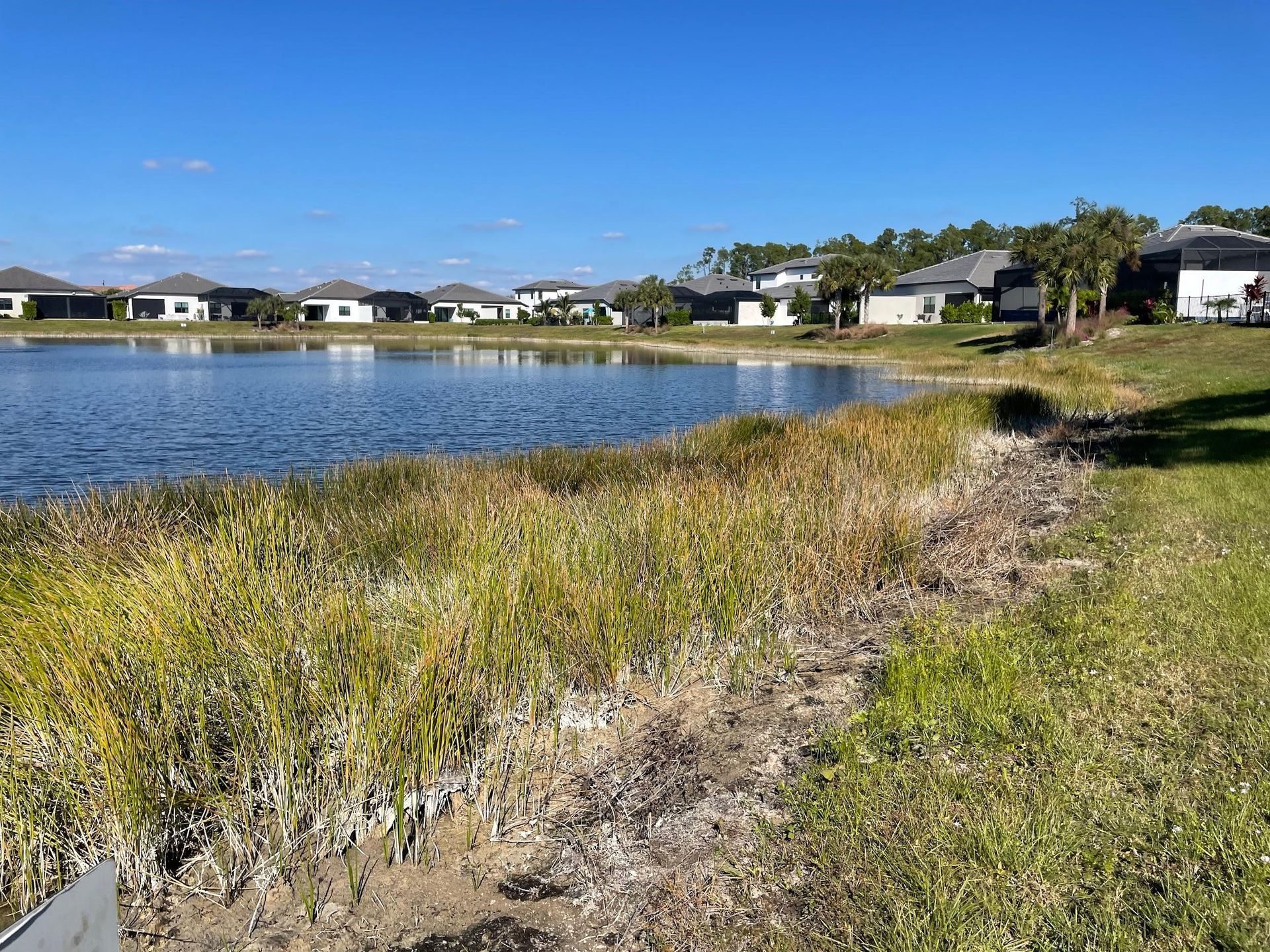Hydroecology
Hydroecology is the science and related engineering aspects pertaining to the movement of water through an ecosystem or environment as it relates to the complex and changing interactions between precipitation, water flow, water storage, flora, and fauna. In the erosion control industry, this study becomes important because of the flourishing natural ecosystem found on all lakes, ponds, rivers, canals, wetlands, preserves, and hammocks. More specifically, the amount of littoral (seasonally-flooded) plants that are present as a direct result of water present. Lakes and ponds that are allowed to get too dry or have too much water pumped out of them will typically have less native flora and fauna. Additionally, lakes that receive unhealthy water from pollution, run-off, algae blooms, etc. usually have an unhealthy ecosystem both in the water and just above it on the shorelines.
Water from rainfall is absorbed by a planned community’s storm water management system. This system directs the water into the lakes underground. However, the water that falls in areas where it is not “managed” can create sheet flow, washouts, erosion, and damage to the landscaping and/or lake. A body of water with a healthy littoral shelf (congregation of seasonally-flooded plants) fosters activities such as nesting and feeding for local wildlife. It also helps stabilize the shoreline from erosion and may filter out heavy metals and contaminates from fertilizer and other man-made chemicals. Ergo, an evenly distributed and sustainable waterflow (hydro) on and above a shoreline helps sustain a healthy ecosystem (ecology).
Rainwater that is allowed to undermine sod, turf reinforcement mat (TRM), synthetic geotubes, and polypropylene and polyethylene containment systems will lead to sinking sod, failed mats, and exposed bags/tubes on your lake system. This is not good!

Above Picture: Some engineers specify erosion-control devices made out of concrete such as this Flexamat®. While good in theory, the problem with this type of mat is that water finds a way underneath the concrete muffins and undermines them.
The best way to create a natural, healthy preserve around your water body is to have a natural one installed that makes proper use of the water it receives and takes advantage of it, instead of allowing it to slowly degrade whatever systems are put in place. It is for this reason that once geotubes, DredgeSOX®, and ShoreSOX® fail, we are asked to come in and remove them and then install an erosion control system that is going to be much more successful in the long-term. To make matters worse, the synthetic tubes (which are made out of the same type of material as trash bags) has to be taken to a dump or landfill where it will take hundreds of years to decompose. These systems get a lot of publicity simply because they have been around so long and new R&D has not been undertaken to study their hydroecological effects on lakes, ponds, rivers, and canals.

Above Picture: Proper hydroecology around a lake fosters healthy littoral plant colonization which helps maintain healthy water, strong shorelines, and meet local and state municipal codes.
If you need an assessment done on your water body, find a good local marine civil engineer who has experience with shorelines and their proper stabilization. They can usually bring in a hydroecologist to further analyze the water’s effect on the ecosystem in place, whether good or bad. Or, contact us if you would like to find out more or need some direction.
Recent Posts






